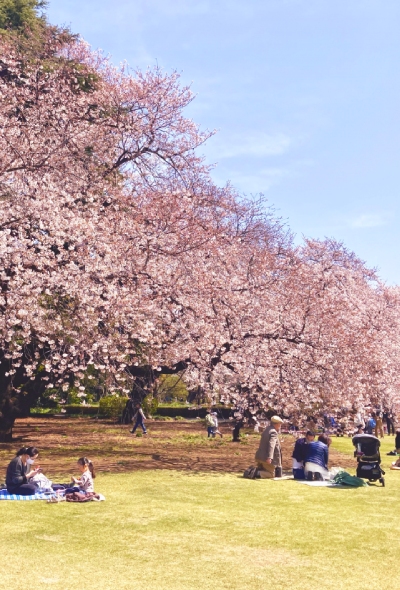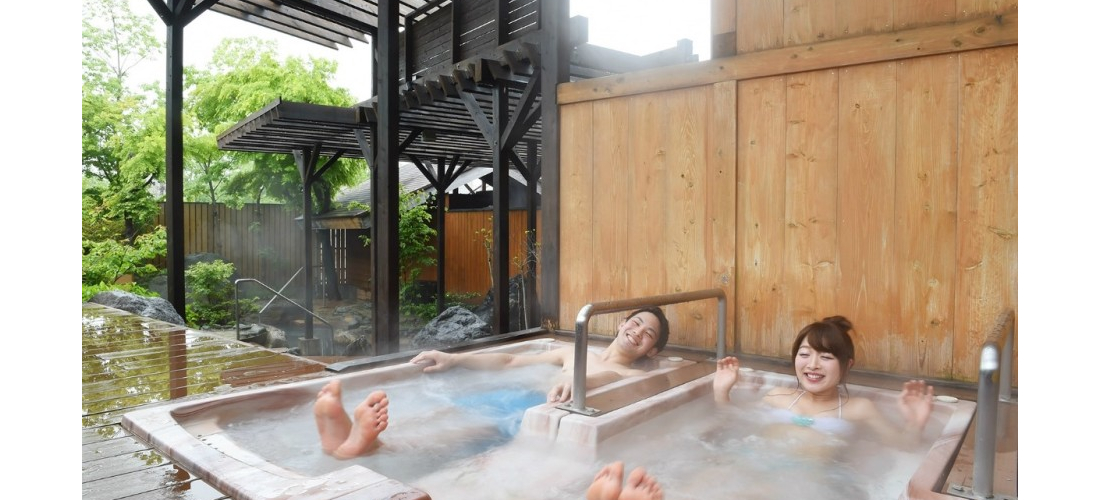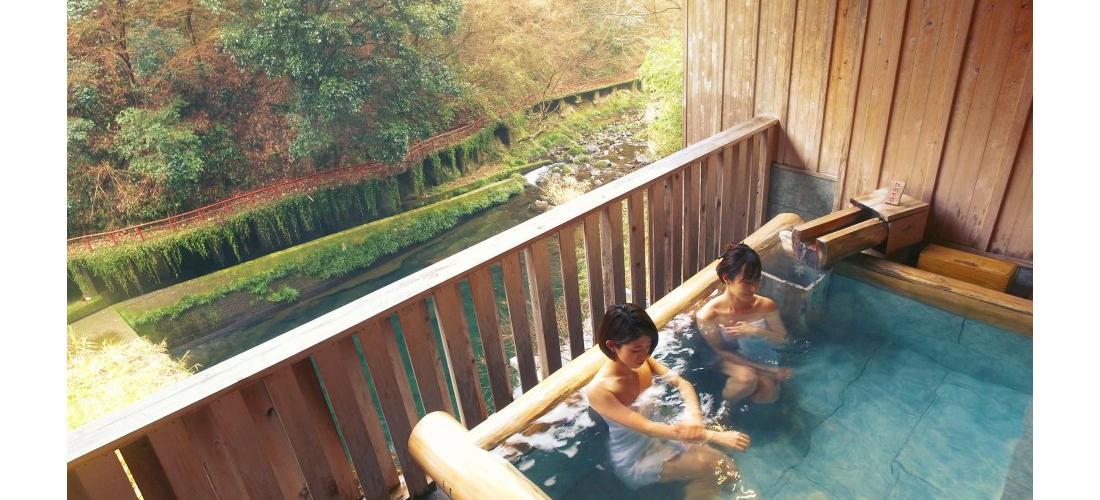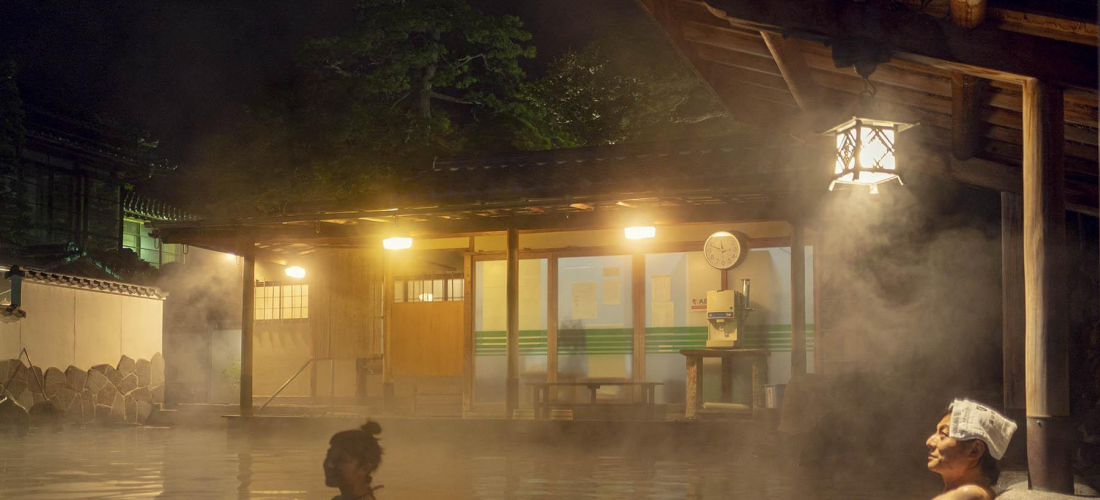CONTENTS
Konyoku is a different kind of Japanese bathtime tradition, for anyone truly ready for a communal bath experience.
Konyoku (混浴) are mixed-gender baths, a concept that might seem a little risque in a country that generally divides its public baths quite clearly by gender. But the truth is that these baths, open to anyone, have a history going back at least 1,000 years―they may not be common, but konyoku are a long-lasting tradition! Some modern-day konyoku even allow bathers to wear swimsuits or towels, but many still keep with tradition and require all entrants to bathe in the nude. And in reality, they're generally fairly quiet and laid-back, like any other communal bath in Japan. If you'd like to experience this unique Japanese tradition for yourself, read on for a few konyoku recommendations.
Ryokojin Sanso, Kagoshima
Really, the practice of konyoku isn't so uncommon in Japan these days, it's just that many people rent a private bath for the purpose! One of the many ways to enjoy onsen (温泉, hot springs) in Japan, a "kashikiri" (貸切) bath is a bath rented out privately, and it's not uncommon to reserve a kashikiri onsen to enjoy as a couple or a family. If you rent a high-end room in a nice ryokan, you might even have a kashikiri onsen attached to your guest room!
Ryokojin Sanso, a ryokan in Kagoshima, is one of many ryokan that offer luxurious kashikiri onsen. Travelers making their way through Kyushu often visit the onsen in Oita Prefecture, but Kagoshima's onsen culture is nothing to scoff at either!
Ryokojin Sanso
3865 Takachiho, Makizonocho, Kirishima, Kagoshima, Japan
Official Website (jp)
Kita Onsen, Tochigi
Next up is a real communal konyoku bath, north of Tokyo in Nasu, Tochigi. Kita Onsen is famous for the enormous tengu masks, featured prominently on the walls of the bathhouse. Not the most relaxing decorations, perhaps, but definitely eye catching!
If you are a fan of Japanese movies, or like to read more obscure manga, you might even recognize the bath from "Thermae Romae." The manga-turned-movie, a story about ancient Romans and Japanese baths, featured Kita Onsen as a filming location!
Tucked away deep in the mountains of Nasu, this onsen is over 160 years old!
Kita Onsen
151 Yumoto, Nasu, Nasu-gun, Tochigi, Japan
Official Website (jp)
Oizawa Onsen, Fukushima
Hidden in the steam, it might not be immediately obvious, but can you see what makes this onsen so special? This Oizawa Onsen bathhouse, in Tadami, Fukushima, is actually directly attached to a Shinto shrine! Even in Japan this is a rare occurrence, so make the most of it and send some prayers on to the many gods of Japan while you soak in the steaming waters.
The hot spring water that flows into these baths is actually quite high in certain salts, giving the onsen a reputation for detoxification. They also say it's quite good for cleansing your skin!
The Tadami Line train running through the area is famous for gorgeous views out the window, especially in the winter, so take a train ride and stop in at the onsen to warm yourself up from the cold!
Oizawa Onsen
Oizawa-114 Gojojiki, Yanaizu, Kawanuma-gun, Fukushima, Japan
Kuronagi Onsen, Toyama
Open since 1868, Kuronagi Onsen is a local secret, tucked away on a river bank in the middle of Kurobe Gorge. It takes a little commitment to get there, or perhaps just courage, because the onsen is located at the foot of a 200-step staircase. (Getting there is easy, getting back is a little bit more work.) But visitors tend to agree; enjoying this konyoku bath surrounded by the great outdoors is entirely worth the effort!
The onsen allows bathers to enter the water in a bathing suit, wrapped in a towel, or entirely nude―it's up to you. Just be careful not to overheat! The source of this steaming bath water is approximately 90°C (194°F) before it hits the air!
This onsen isn't famous for bathing monkeys (like the one at Shiga Kogen), but the cute little guys live in the area. If you're lucky, they might make an appearance in the treetops while you soak in the water!
Kuronagi Onsen
Kuronagi, Unazukimachi, Otozawa, Kurobe, Toyama, Japan
Official Website (jp)
Takaragawa Onsen, Gunma
For many people in Japan, "konyoku" means Takaragawa! This Gunma onsen is famous for its truly communal baths.
The spacious rotenburo, surrounded by green trees and smooth stones, is one of the biggest outdoor baths in Japan! And while swimsuits aren't allowed, they do rent towels to wear into the water.
It seems like this bath really does welcome everyone―there are rumors that even the local bear population joins in, sometimes!
Takaragawa Onsen
1899 Fujiwara, Minakami, Tone-gun, Gunma 379-1721, Japan
Official Website (en)
Are you ready to take the plunge and dive into your first konyoku bath? Which one is calling your name?
For more updates and info from Japan, follow Japankuru on twitter, instagram, and facebook!
COMMENT
FEATURED MEDIA
VIEW MOREMAP OF JAPAN
SEARCH BY REGION

LATEST
VIEW MOREEVENT CALENDAR
VIEW MOREMOST POPULAR
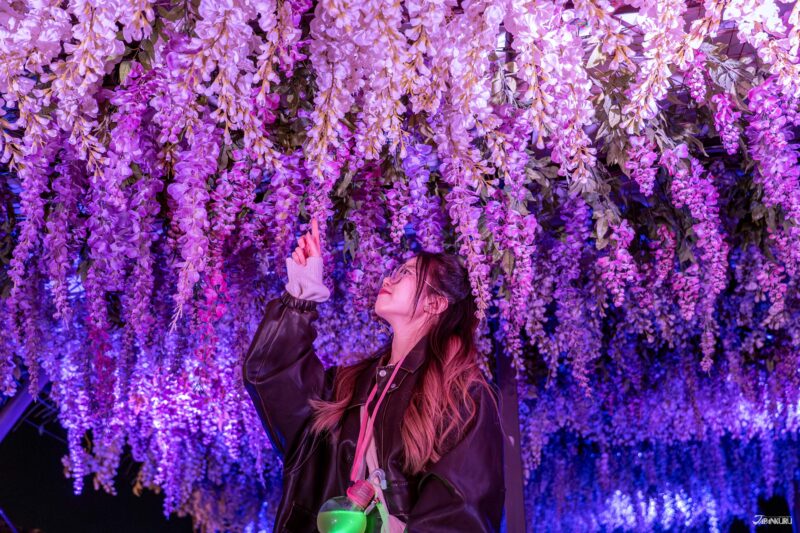 Tokyo Winter Recommendation: Don’t Miss Tokyo Mega Illumination, Japan’s #1 Light Show
Tokyo Winter Recommendation: Don’t Miss Tokyo Mega Illumination, Japan’s #1 Light Show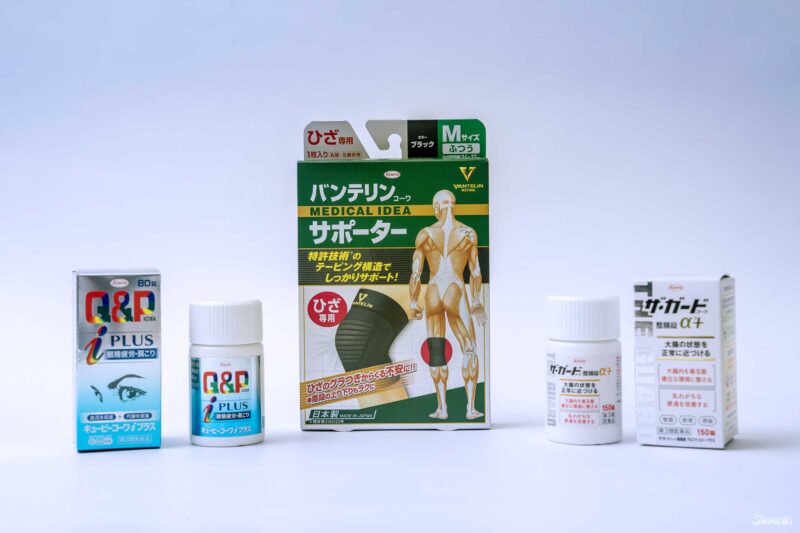 ป้ายยาสินค้าน่าซื้อในร้านขายยาญี่ปุ่น | KOWA ผลิตภัณฑ์เพื่อสุขภาพสำหรับคนยุคใหม่
ป้ายยาสินค้าน่าซื้อในร้านขายยาญี่ปุ่น | KOWA ผลิตภัณฑ์เพื่อสุขภาพสำหรับคนยุคใหม่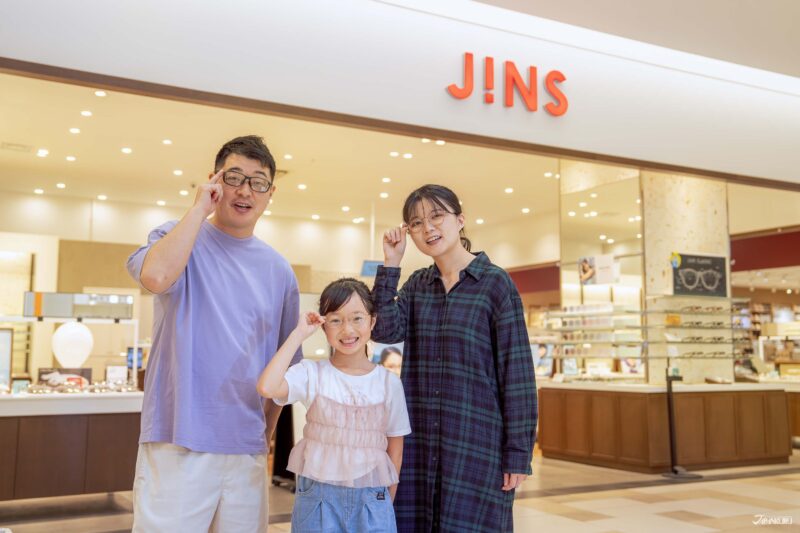 Okinawa Family Road Trip: Japanese Glasses Shopping at San-A Urasoe West Coast PARCO CITY, Discount Coupons, & Okinawa Sightseeing with JINS
Okinawa Family Road Trip: Japanese Glasses Shopping at San-A Urasoe West Coast PARCO CITY, Discount Coupons, & Okinawa Sightseeing with JINS

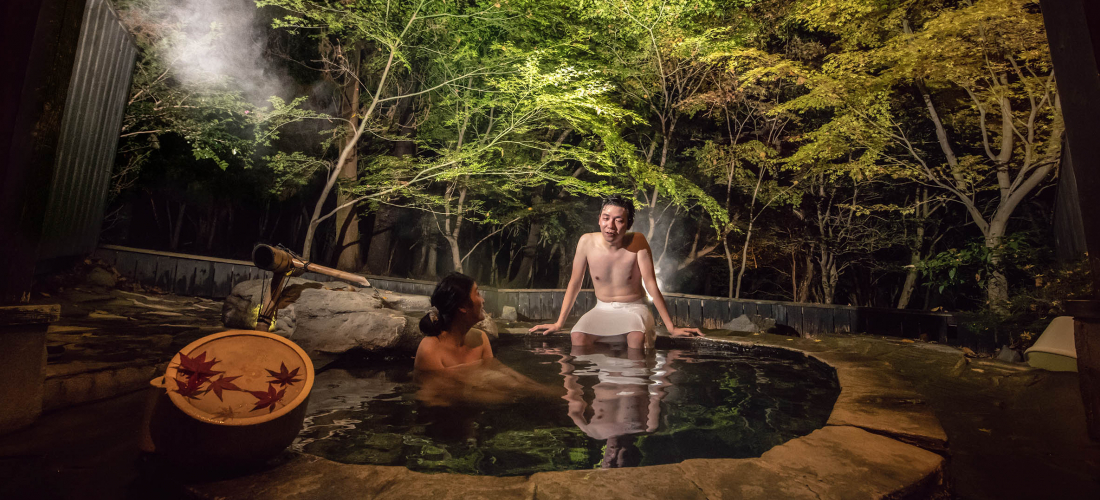
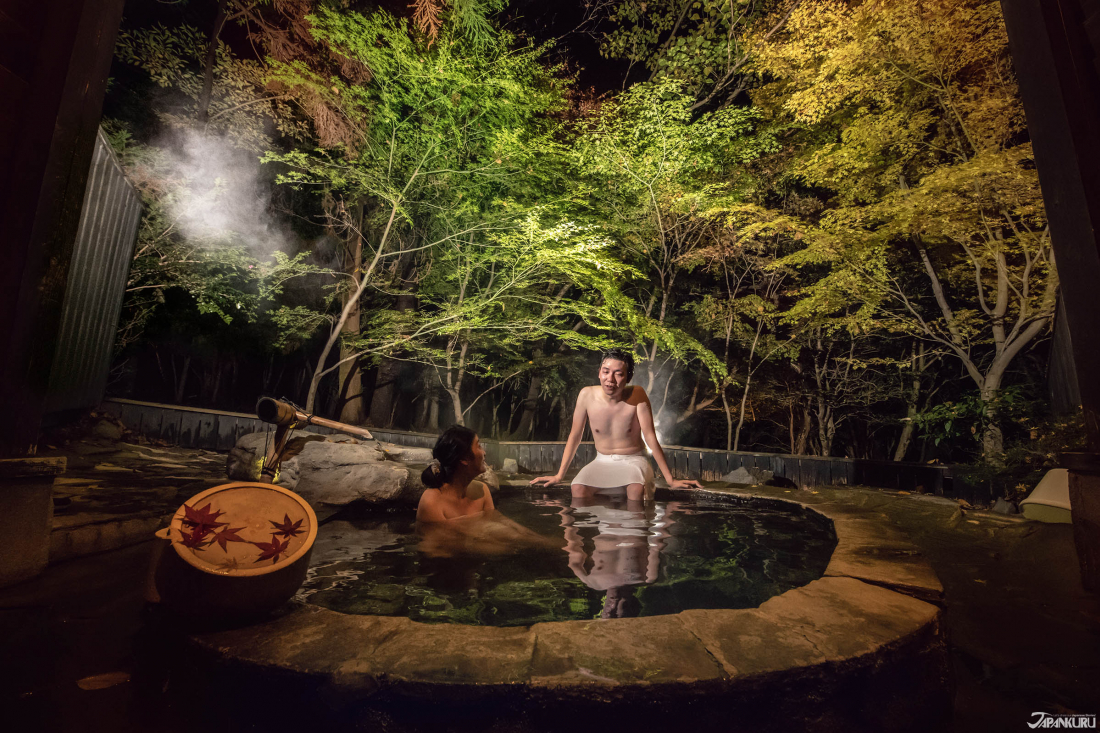
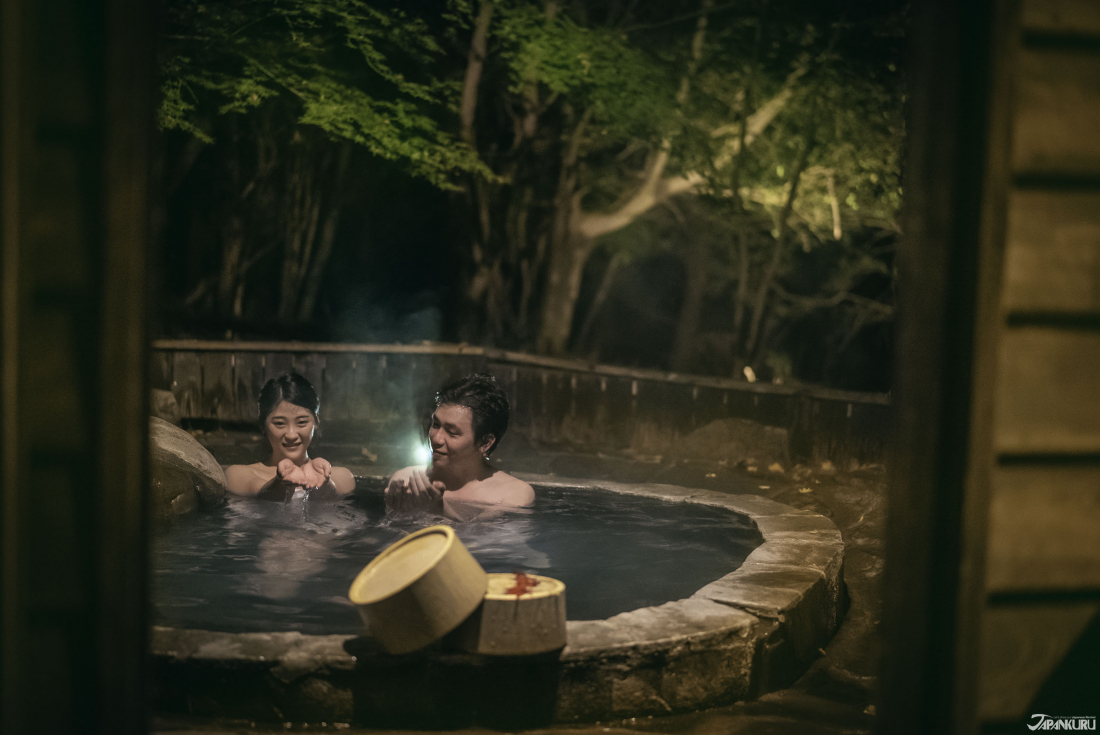

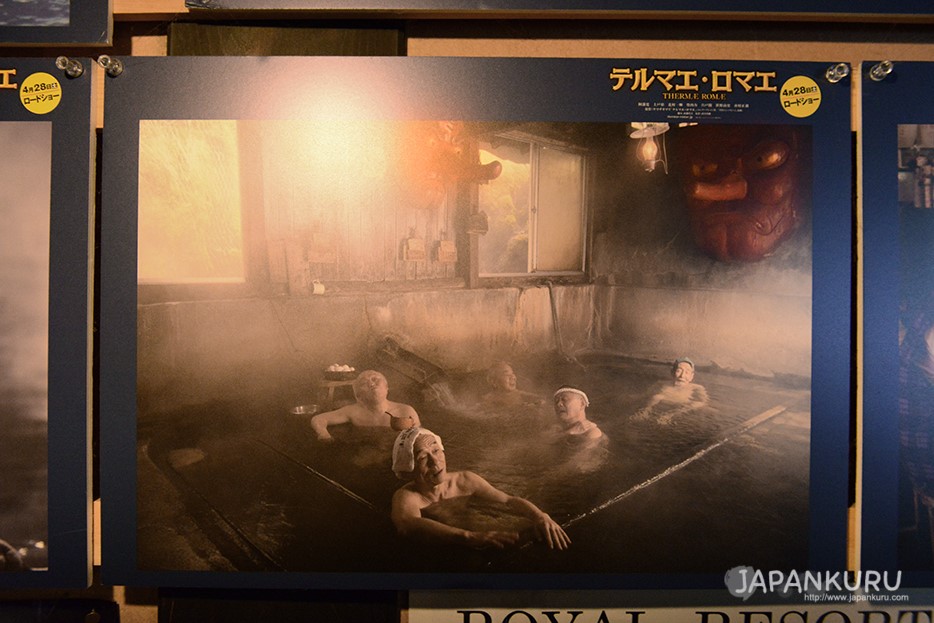

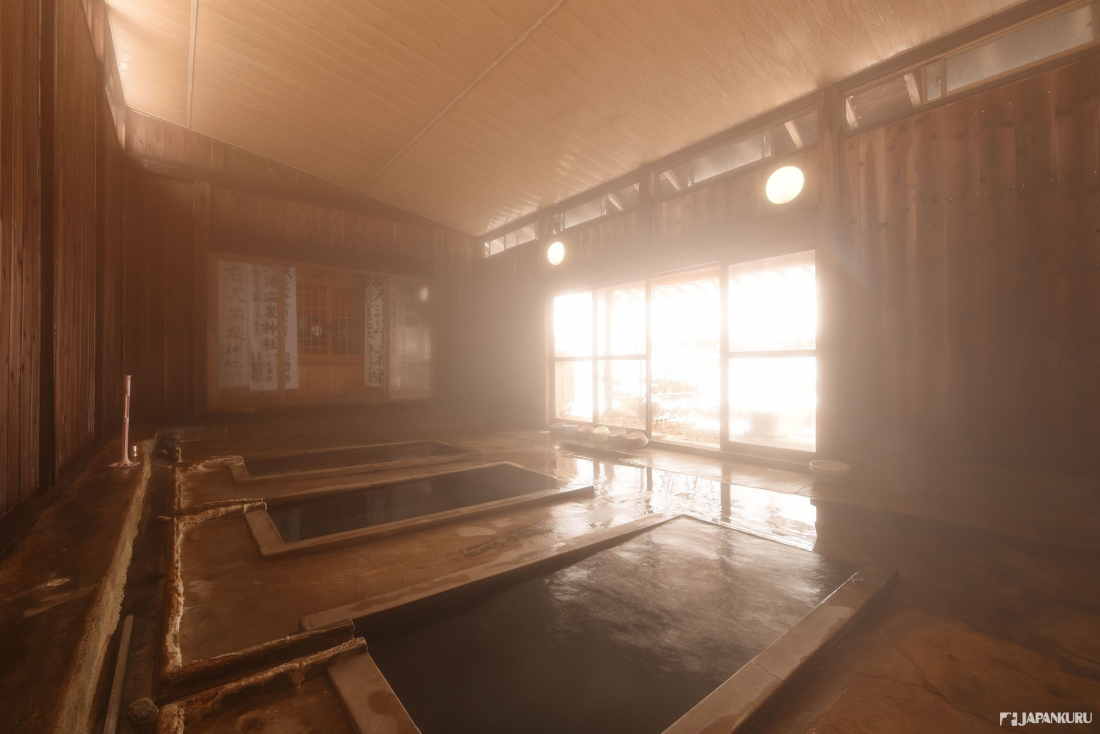
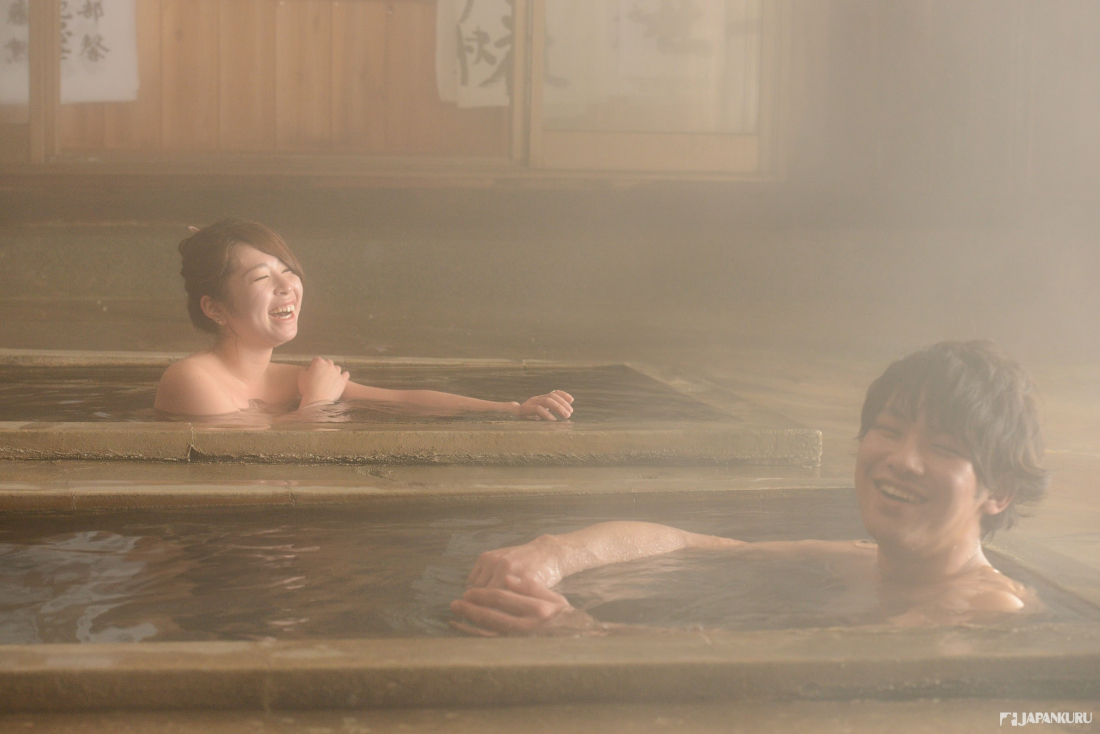
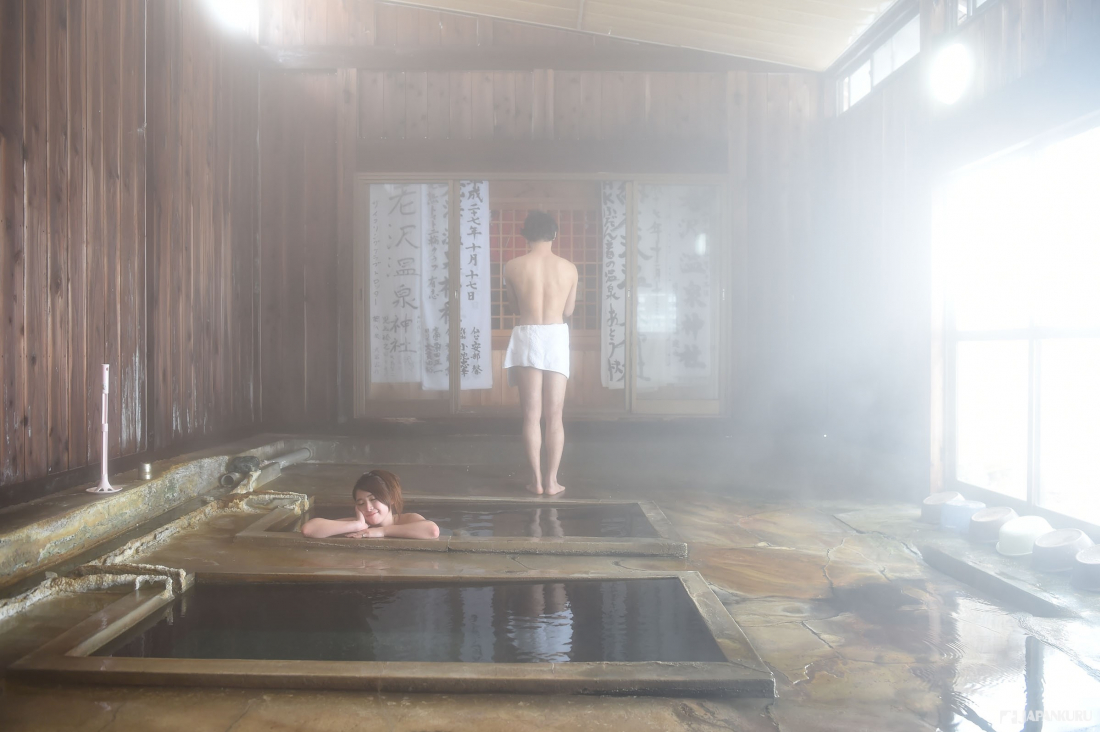
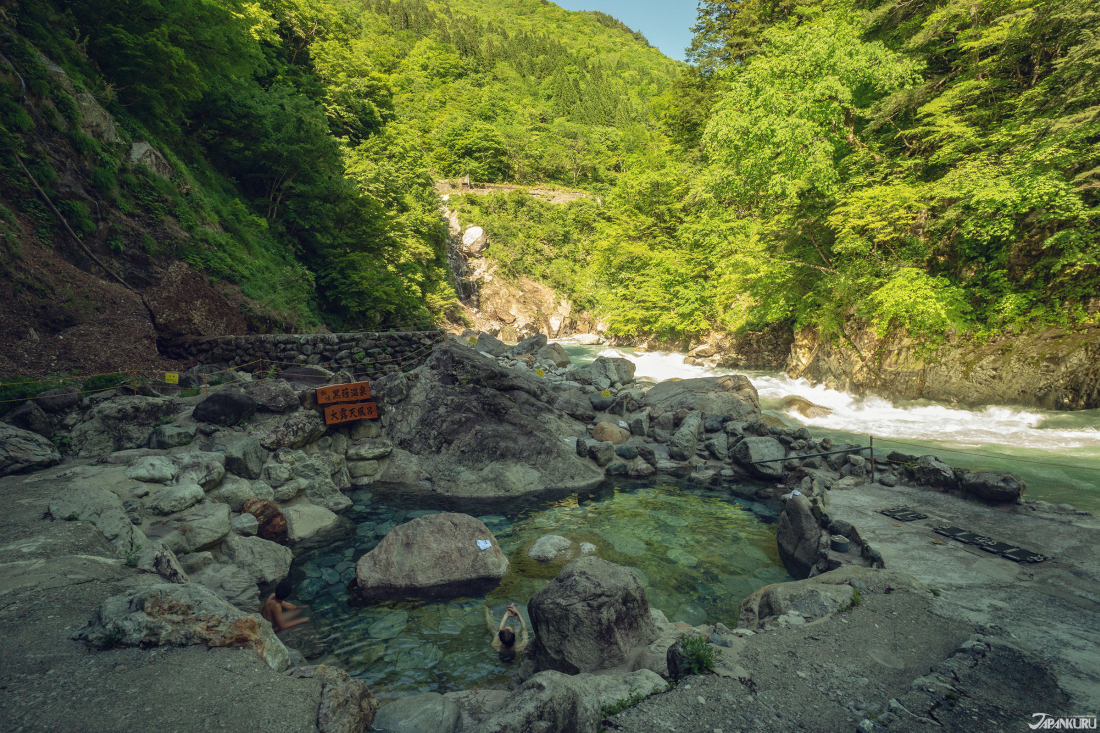

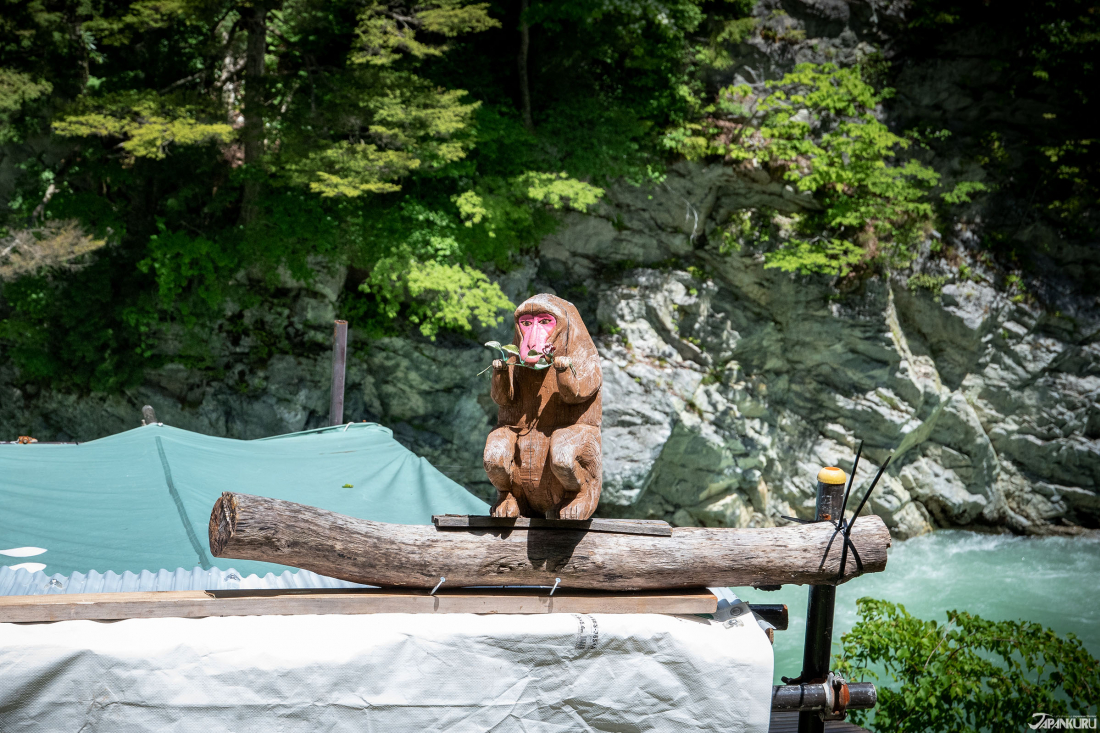
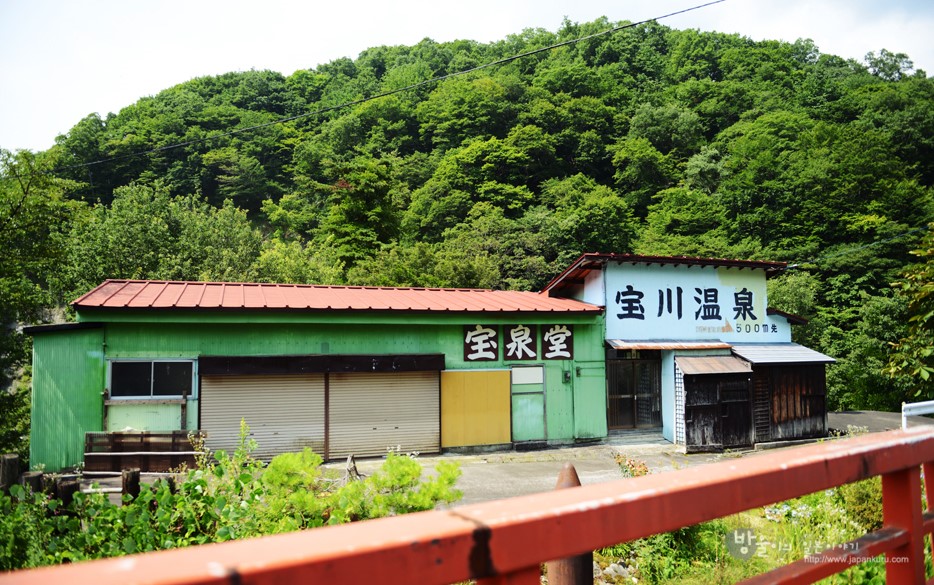
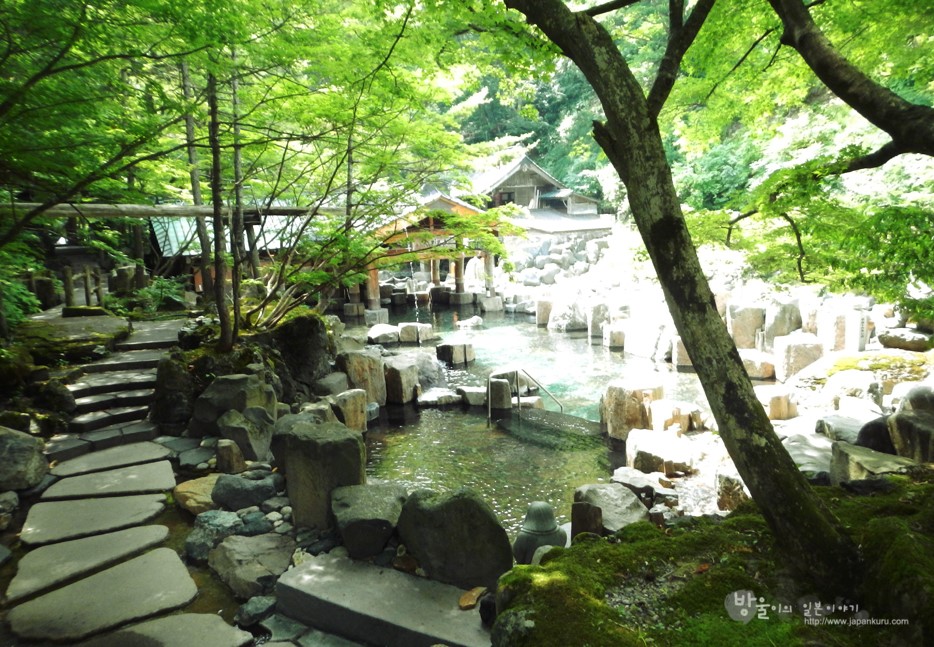
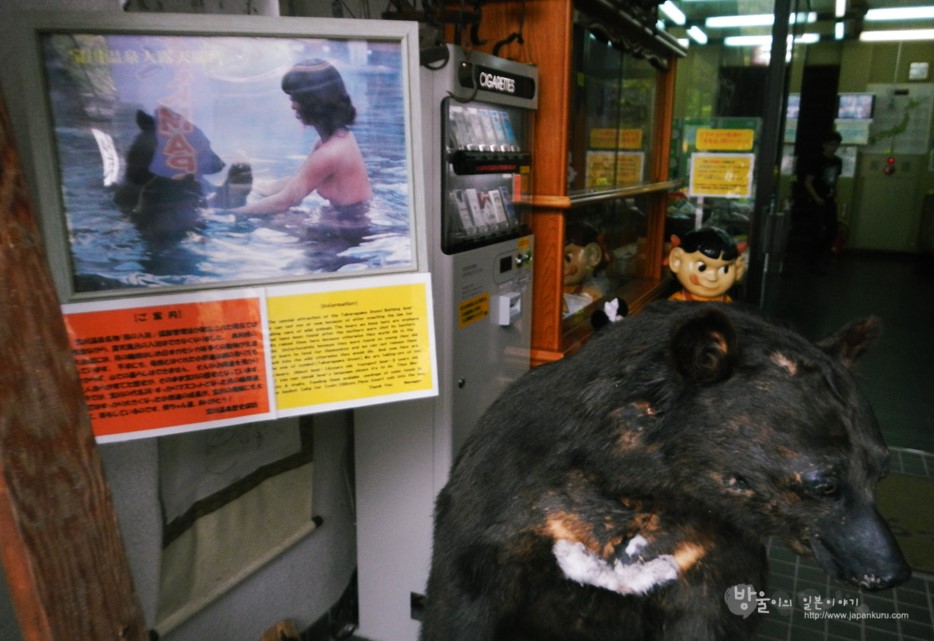




 >> Find out more at Japankuru.com! (link in bio)
#
>> Find out more at Japankuru.com! (link in bio)
#





 The Robot Restaurant is gone, but the Samurai Restaurant is here to take its place. Check it out, and don't forget your coupon!
The Robot Restaurant is gone, but the Samurai Restaurant is here to take its place. Check it out, and don't forget your coupon!
 신주쿠의 명소 로봇 레스토랑이 사무라이 레스토랑으로 부활! 절찬 쿠폰 발급중
신주쿠의 명소 로봇 레스토랑이 사무라이 레스토랑으로 부활! 절찬 쿠폰 발급중
 18歲以上才能入場的歌舞秀,和你想的不一樣!拿好優惠券去看看~
#tokyo #shinjuku #samurairestaurant #robotrestaurant #tokyotrip #도쿄여행 #신주쿠 #사무라이레스토랑 #이색체험 #할인이벤트 #歌舞伎町 #東京景點 #武士餐廳 #日本表演 #日本文化體驗 #japankuru #japantrip #japantravel #japanlovers #japan_of_insta
18歲以上才能入場的歌舞秀,和你想的不一樣!拿好優惠券去看看~
#tokyo #shinjuku #samurairestaurant #robotrestaurant #tokyotrip #도쿄여행 #신주쿠 #사무라이레스토랑 #이색체험 #할인이벤트 #歌舞伎町 #東京景點 #武士餐廳 #日本表演 #日本文化體驗 #japankuru #japantrip #japantravel #japanlovers #japan_of_insta
 코지마 x 빅 카메라 쿠폰으로 일본 가전 제품 쇼핑하기
#pr #japankuru #japanshopping #kojima #biccamera #japaneseskincare #yaman #dji #osmopocket3 #skincaredevice #日本購物 #美容儀 #相機 #雅萌 #日本家電 #일본여행 #면세 #여행꿀팁 #일본쇼핑리스트 #쿠폰 #일본쇼핑 #일본브랜드 #할인 #코지마 #빅카메라 #japankurucoupon
코지마 x 빅 카메라 쿠폰으로 일본 가전 제품 쇼핑하기
#pr #japankuru #japanshopping #kojima #biccamera #japaneseskincare #yaman #dji #osmopocket3 #skincaredevice #日本購物 #美容儀 #相機 #雅萌 #日本家電 #일본여행 #면세 #여행꿀팁 #일본쇼핑리스트 #쿠폰 #일본쇼핑 #일본브랜드 #할인 #코지마 #빅카메라 #japankurucoupon







































